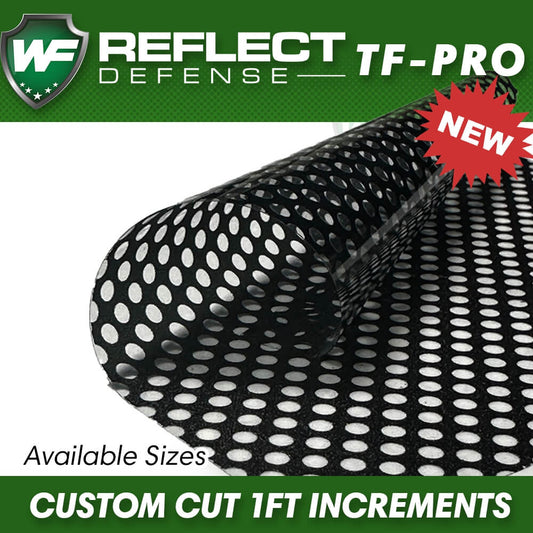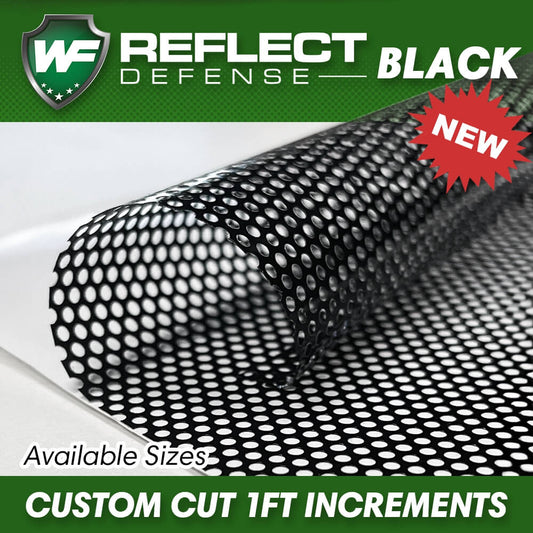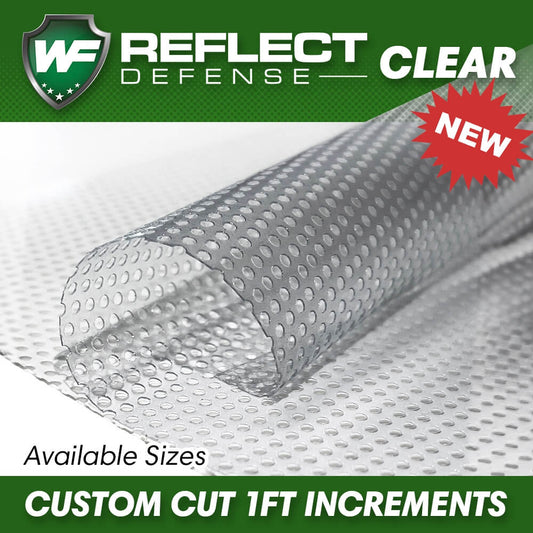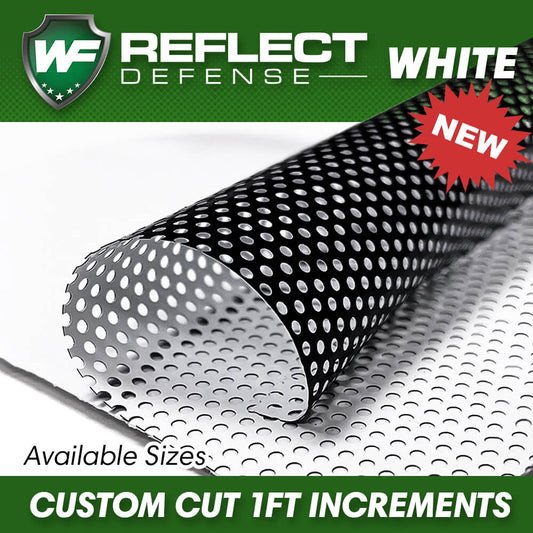A few reasons can make the siding look melting in residential and commercial buildings. One of the main reasons it could look like it is melting is that high-performance windows on houses and/or commercial buildings create an intense solar reflection that causes melting. It has been reported, through an immense amount of evidence regarding energy-efficient windows, that windows have the ability to create an intense enough reflection that can distort and melt vinyl siding. The siding may also look as if it is melting due to reaching its general melting point temperature. The melting can be intensified depending on what color and tone of vinyl siding is being reflected on. Darker tones and colors have a larger likelihood of melting faster than those with white and lighter tones because the darker tones absorb sunlight much faster.
How do I stop my windows from melting my siding?
As many homeowners and commercial property owners know, vinyl siding can be expensive to repair and replace. It can cost hundreds to potentially thousands of dollars to repair and/or replace. The unnecessary added cost of repairing and replacing siding can be alleviated through solar screens placed on the windows' exterior or by applying Turf Shield window film. Solar screens and Turf Shield Window Film can be added to the windows causing the damage.
Additional methods to prevent the siding from being melted include planting trees that shade the affected areas and blocking the reflection using patio covers, umbrellas, or alternative screen-type materials.
At what temperature does siding melt
Vinyl siding products generally begin to melt when they reach a temperature of around 160 degrees to 165 degrees Fahrenheit. Low-e windows are intended to reflect heat and have been known to reflect heat around 220 degrees Fahrenheit to 280 degrees Fahrenheit. This can also depend on the siding's color and/ or tone. Siding that has darker tones is much more likely to melt first because it absorbs sunlight significantly faster than colors and tones that are lighter.
How do I fix melted siding?
Melted siding is an issue that is, unfortunately, becoming more and more common. The melted siding on residential and commercial buildings is a result of extensive and extreme sun exposure. The extreme sun exposure that affects and melts siding usually comes from the reflection of intentionally reflective windows. The melted siding typically begins to look warped or bows out, which leaves the siding looking like an eyesore. The problem of melted siding can be fixed either on an individual repair basis or by companies that specialize in siding applications and siding repair. The website, This Old House (How-to-repair-melted-vinyl-siding), has created a step-by-step guide for repairing siding that has been melted. This is not the only available resource for fixing melted siding; however, it is very useful. Repairing melted siding typically costs $100 and up, dependent on the extent of the damage. An excellent solution to preventing siding from melting in the future is the usage of protective window film. Turf Shield Window Film is a great company that offers a great product that could save its consumers lots of money in potential repairs.
How do I stop my siding from warping?
The product market for preventing siding from warping and melting is very limited. The preventative measures and solutions, however, are very unique. Using window films on reflective windows is not only a preventive measure to stop siding from warping but also an excellent solution. The usage and implementation of solar screens can also be used to prevent the siding from warping. Once the siding on the house and/or commercial building begins to melt, it is unfortunately only a matter of time before it begins to warp into a shape where it cannot be simply and quickly fixed. This could lead to needing to replace the siding entirely, which is a highly expensive cost that no individual wants. Turf Shield Window Film is an excellent protective window film that can prevent the siding from warping and, in the long run, can save individuals and companies money.
Why is my siding bowing out?
Siding bowing out on a residential or commercial building could be due to too much sun exposure in that particularly affected area. Extended periods of intense sun exposure can cause the siding to melt, warp, and bow outwards. This means that the overall shape of the siding is no longer in its initial, normal formation. Siding could also bow out from the extensive sun exposure on highly reflective windows. Low-e windows are known for being the most reflective of heat and are very commonly used on most homes. The climate in which the residential building or commercial building can also have an effect on the siding bowing and/ or warping. Harsher climates can cause the siding to bow and warp as well. This can include moisture build, extreme heat, and intense sun exposure.
Why are my siding boards popping off?
Siding boards on residential homes and commercial buildings can result from various causes. Those causes include melting from excessive heat, insect damage, moisture buildup, building movement (structural movement), and more. The quality of the siding, especially depending on the style of vinyl siding used, can be a determining reason the siding is also popping off.
What is the best way to fix bowing siding?
Bowing siding, or siding that appears to be warped or potentially damaged from extreme sun exposure can be fixed by a company specializing in siding or on an individual basis. Many online resources offer directions for fixing bowing siding. The website, This Old House (How-to-repair-melted-vinyl-siding), has created a step-by-step guide for repairing siding that has been melted. This method can be used on siding that is bowing out or warped. The website predicts potential repair costs, difficulty levels, what tools will be needed, and the approximate time it takes to make the repairs. For some individuals who are not good at doing hands-on repair work, it may be best to hire someone to make the repairs; however, that likely will not be the solution for all. The task is rated as “easy” in the difficulty category and seems incredibly doable.
What causes my siding to bow out?
Siding bows out, or warps, due to a variety of reasons. The weather, by all means, is typically the most obvious reason. Siding bows out, or warps, due to excessive heat exposure, insect damage, moisture buildup under the siding boards, and more. Extreme and excessive sun exposure from window reflections is one of the most common reasons for siding bowing out. Excessive heat exposure causes the vinyl siding boards to melt, then bow or warp. If the siding begins to melt, a highly reflective window is likely nearby, casting its heat waves directed toward the affected areas on the residential or commercial building. The use of Turf Shield Window Film can help prevent this from happening. Turf Shield Window Film goes on the exterior of windows and is deemed safe for single and double-pane windows. Vinyl siding melting and bowing outwards is a common issue that could be resolved with products like those sold by Turf Shield Window Films.
Resources:
- Why does my siding look like its melting?
- How do I stop my windows from melting my siding?
- At what temperature does siding melt?
- How do you fix melted siding?
- The-battle-of-the-bulge-common-vinyl-siding-problems
- https://www.turfshieldwindowfilm.com/blogs/news/how-to-stop-windows-from-melting-siding?_pos=1&_sid=3b2cfd109&_ss=r
- 2/12/21
- How do I stop my siding from warping?
- Why is my siding bowing out?
- Why are my siding boards popping off?
- What is the best way to fix bowing siding?
- What causes my siding to bow out?





